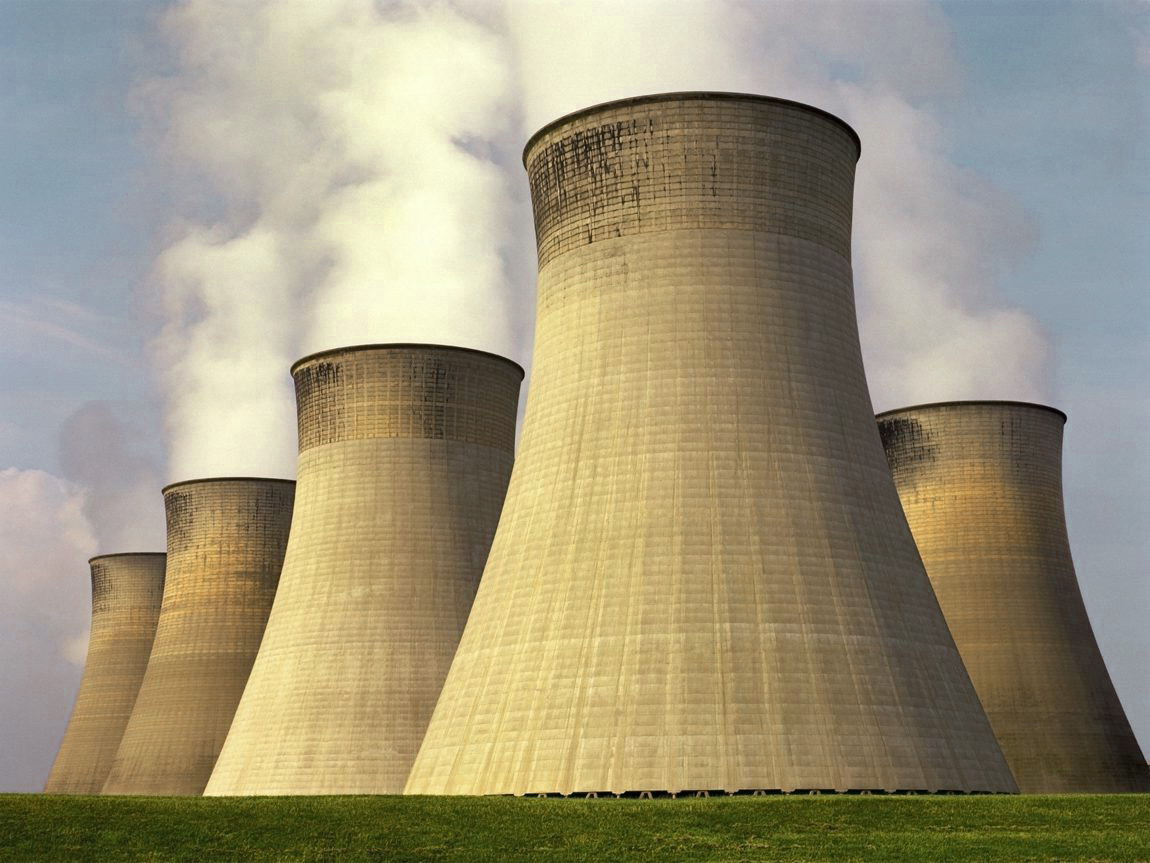You may not think cooling towers need much in the way of decorating and you would be right. But it doesn’t mean the structural components of a cooling tower do not need care and maintenance. Read on to learn more about epoxy paint, sealant and coatings for cooling towers.
1. Purpose of Epoxy Systems in Cooling Towers
-
Corrosion Protection: Cooling towers constantly handle water, chemicals, and biological growth. Epoxy coatings act as a barrier, protecting steel, concrete, and fiberglass from corrosion and chemical attack.
-
Waterproofing & Sealing: Epoxy sealants fill cracks and joints in concrete basins, channels, and sumps to stop leaks and prevent structural damage.
-
Surface Durability: Provides a hard, chemically resistant surface that withstands chlorinated water, biocides, scale inhibitors, and high humidity.
-
Hygienic Benefits: Smooth epoxy surfaces make it harder for algae, scale, and biofilm to adhere, improving water quality and reducing Legionella risk.
2. Types of Epoxy Products for Cooling Towers
a) Epoxy Paints
-
Single or two-part systems applied like paint.
-
Used for structural steel frames, ladders, platforms, and fan housings.
-
Usually top-coated with UV-resistant polyurethane because epoxies chalk under sunlight.
b) Epoxy Sealants
-
Thicker, paste-like or injection grade.
-
Used to repair cracks in concrete basins or seal seams between panels.
-
Often flexible, so they handle thermal expansion and contraction.
c) Epoxy Coatings (High-Build / Lining)
-
Two-part, solvent-free or high-solids.
-
Applied by spray, roller, or trowel to form a 20 or 40 mil lining.
-
Used inside basins, sumps, water distribution decks, and hot water channels.
-
Options include:
-
Novolac epoxy: higher resistance to acids and aggressive chemicals.
-
Epoxy with ceramic fillers: improved abrasion resistance from water flow and debris.
-
3. Key Application Areas
-
Concrete Basins & Channels: Epoxy linings stop water leakage and chemical erosion.
-
Steel Structures: Epoxy primers with polyurethane topcoats resist rust and UV.
-
Fan Decks & Casings: Seal porous surfaces to prevent delamination.
-
Piping & Joints: Epoxy putty or sealant used for quick patching and leak repair.
4. Benefits of Using Epoxy Systems
-
Extends cooling tower life by 10 to 20 years when properly applied.
-
Reduces downtime by avoiding major structural repairs.
-
Provides chemical resistance to common tower treatments (chlorine, bromine, scale inhibitors).
-
Enhances safety by eliminating leaks that cause slippery surfaces or structural weakening.
5. Considerations Before Application
-
Surface Prep: Concrete must be clean, dry, and mechanically prepared (sandblasting, grinding). Steel should be blasted to SSPC-SP 10 (near-white metal).
-
Curing Conditions: Many epoxies require dry surfaces and specific temperature ranges (50–90°F).
-
UV Exposure: Exterior epoxy paints must be top coated with polyurethane for weathering.
-
Downtime: Towers need to be drained and out of service during application and cure (typically 24–72 hours).
6. Commonly Used Products
-
Sherwin-Williams Macropoxy (steel coatings).
-
Tnemec Series 141 or 22 Epoxoline (basins and linings).
-
Sika Sikadur (epoxy crack injection and sealing).
-
Carboline Polyclad (immersion-grade epoxy lining).
For cooling towers, epoxy paints protect exposed steel, epoxy sealants repair cracks and joints, and epoxy coatings line basins and wetted surfaces. Together, they provide a comprehensive defense against water, chemicals, and structural degradation—helping extend service life and reduce costly rebuilds.
Schedule Cooling Tower Services In Arizona
For specific information on how Cooling Tower Products can meet your cooling tower needs, contact your local Cooling Tower Products Representative or give us a call today at 800-733-1584. We offer cooling tower services in Arizona but can ship cooling tower parts worldwide.
[/vc_column_text][/vc_column][/vc_row]






